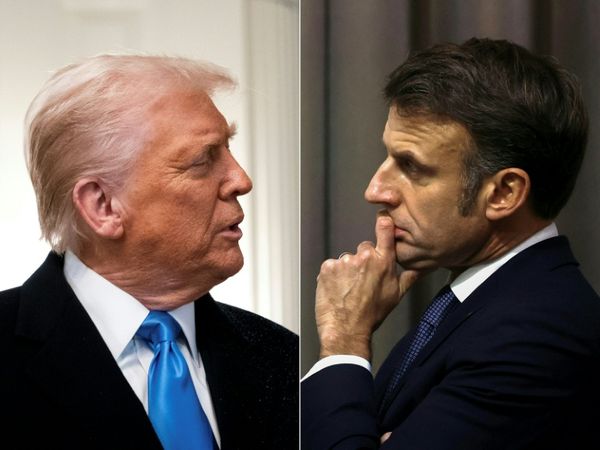Fed chair Jerome Powell's new favorite inflation gauge of service-sector prices accelerated in January, adding to the case for further rate hikes. Broader inflation measures also came in on the hot side as consumer spending surged to start 2023, sending the S&P 500 below a key support level.
Three PCE Inflation Rates
The overall personal consumption expenditures, or PCE, price index rose 0.6% on the month and 5.4% from a year ago. Wall Street had expected a 0.4% monthly rise. The 12-month PCE inflation rate was expected to slip to 4.9%.
Core PCE inflation, which strips out volatile food and inflation prices, also rose 0.6% on the month vs. forecasts of 0.4%. The core inflation rate rose to 4.7%, defying expectations it would dip to 4.3%.
January's hot inflation readings looked even worse because of upward revisions to December price data that was initially seen as lukewarm.
The Fed typically emphasizes the core PCE inflation rate. Yet with goods prices falling as demand normalizes after a pandemic boost and housing costs expected to follow later this year, Powell has honed in on core nonhousing services prices as the key to the inflation outlook. That's because prices of services from haircuts to health care to hospitality are closely linked to wages, generally the biggest cost input.
In January, core PCE services prices ex-housing also rose 0.6% on the month, the fastest since Nov. 2021, and 4.65% from a year ago. The 3-month annualized inflation rate heated up to 5.3%.
Last month's December PCE inflation report had showed a 4.1% 12-month inflation rate for Powell's core nonhousing services category. At the time, it appeared that inflation pressures for the service sector might be past the peak. But after upward revisions to December data, a steady retreat for inflation looks much less certain.
S&P 500 Reaction
After the PCE spending and inflation report, the S&P 500 fell 1.5% in Friday morning stock market action. Up until now, the S&P 500 has largely held its ground over the past few weeks, despite hot economic data and rising Treasury yields. The S&P 500 has so far found support at its 50-day moving average, but fell below it early Friday, which could presage further weakness.
As of Thursday's close, the S&P 500 was 16.35% below its record closing high, but up 12.2% from its bear-market closing low on Oct. 12.
The 10-year Treasury yield rose 7 basis points to 3.95%.
Be sure to read IBD's The Big Picture each day to stay in sync with the market's underlying trend and what it means for your trading decisions.
What The PCE Report Means For the Fed
Since the Feb. 3 January jobs report showed robust hiring and lower unemployment, financial market pricing has undergone an abrupt shift. Before markets expected the Fed to hike less than official projections and begin cutting rates later this year. After Friday's PCE inflation report, markets were pricing in 88.5% odds that the Fed will hike its key rate to a range of 5.25% to 5.5% by the late July meeting. That implies one extra hike compared to the Fed's latest projections.
Plus, odds of a 50-basis-point hike on March 22 climbed to 39% shortly after the PCE inflation data. More firm inflation data and a strong jobs report could tilt the Fed to making a half-point move.
The inflation outlook may not be as bad as it suddenly looks. Wage growth appears to have downshifted, which should ease service-sector inflation over time. However, the Fed has two reasons to keep hiking interest rates that may dictate policy near-term.
First, Fed officials believe the costs of not hiking enough, which could lead inflation to become entrenched, are much greater than the costs of hiking too much. Second, until recently, Fed officials had pretty much failed to convince markets that rates would move higher and stay there for longer. That had consequences. Treasury yields fell, lowering borrowing costs and helping give the economy a second wind.
Now that markets are finally listening to the Fed, policymakers probably won't want to hike less than markets are betting.







